black and white manga panels
How to create an authentic manga comic strip
While the style and finish of manga art is relatively minimalist in comparison to other types of comics, this apparent simplicity is deceptive. Every line is a choice made by the artist – the thinking is to never use 10 strokes to depict something if just a single, well-placed line would suffice.
This principle of concentrating on the essentials permeates throughout manga art creation. Every panel is an exercise in choice: size, zoom, camera angle, speech bubble positioning, and type of background. Every page works as a whole to control the reader's experience, particularly in pacing.
Read on for 15 tips to help you create an authentic manga comic strip, and also don't miss our post on how to draw manga characters.
01. Pace yourself
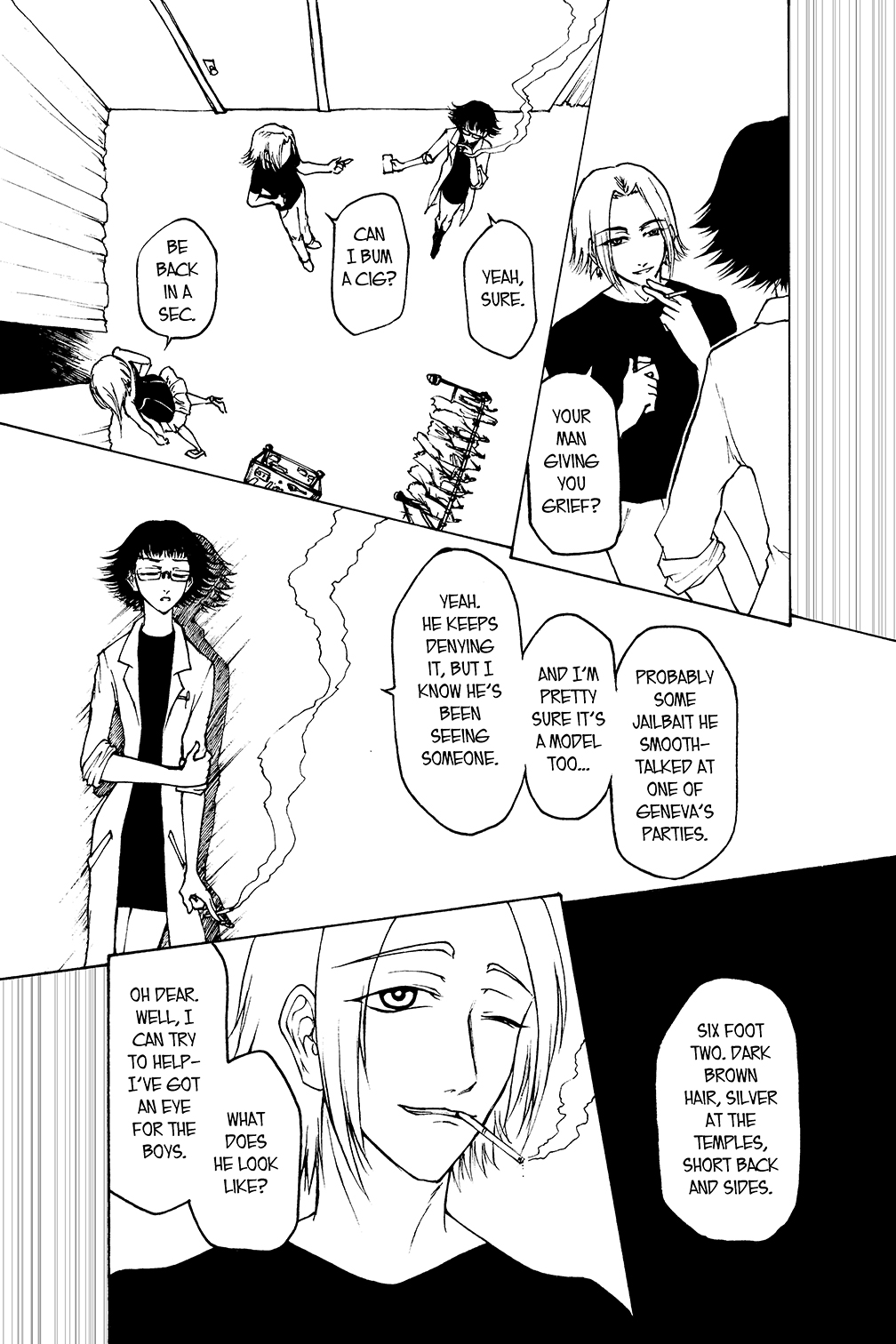
When you're writing for manga, remember it flows faster and sparser than other types of comics. It spreads across more pages with fewer panels per page. There is variation between the types of manga; Seinen manga, aimed at adult males, will be more densely packed than Shoujo manga, which is usually read by young girls. But as a guide, aim for a maximum of three speech bubbles per panel, an average of five panels per page, and around four pages per scene.
02. Consider your reading direction

Manga originates from Japan, and Japanese traditionally reads vertically from top-to-bottom before going right-to-left. So for any manga originally published in Japanese, you start reading from the top right corner and finish in the bottom left. If it's been translated into English, you'll often find it remains this way. But if you're writing in English from the start, there's no need to do this, so it's up to you! Decide on your reading direction and stick to it.
03. Group your panels
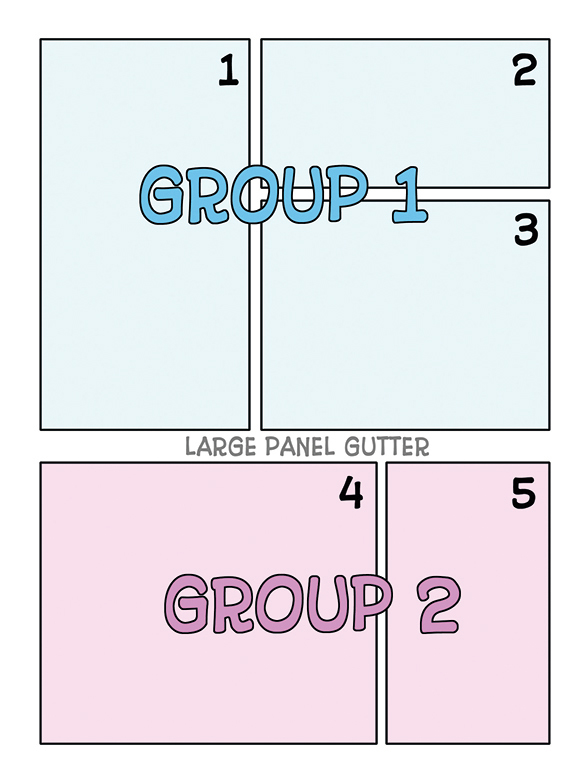
Most manga comics have panels of different sizes and shapes that change from page to page. There are no arrows or numbering to guide the reader, so you must group the panels clearly to make it obvious they must read one bunch of panels before moving on. Separate one group from another by increasing the space between the panels (the panel gutter). Then make sure that any small panel gutters inside a group don't line up with any panel gutters in another group.
04. Explore abstract layouts
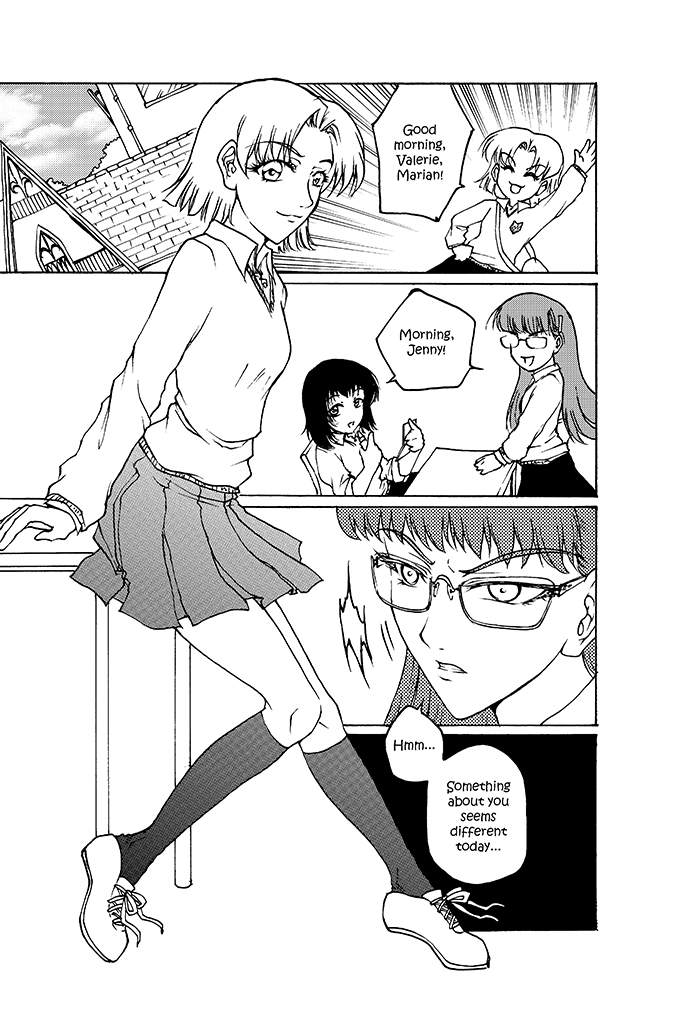
Manga doesn't just stick to traditional boxes in rows. It often employs dynamic panel layouts that stretch across the height or width of the whole page, along with diagonal lines and irregular shapes. Sometimes boxes aren't even used at all, with hazy patterns used as outlines, or the character breaks out of the panel. Panels can even fade in and out as part of the storytelling.
The difficulty is ensuring that regardless of layout, the panel order remains clear. Try reading some manga to find lots more examples to play with.
05. Showcase different viewpoints
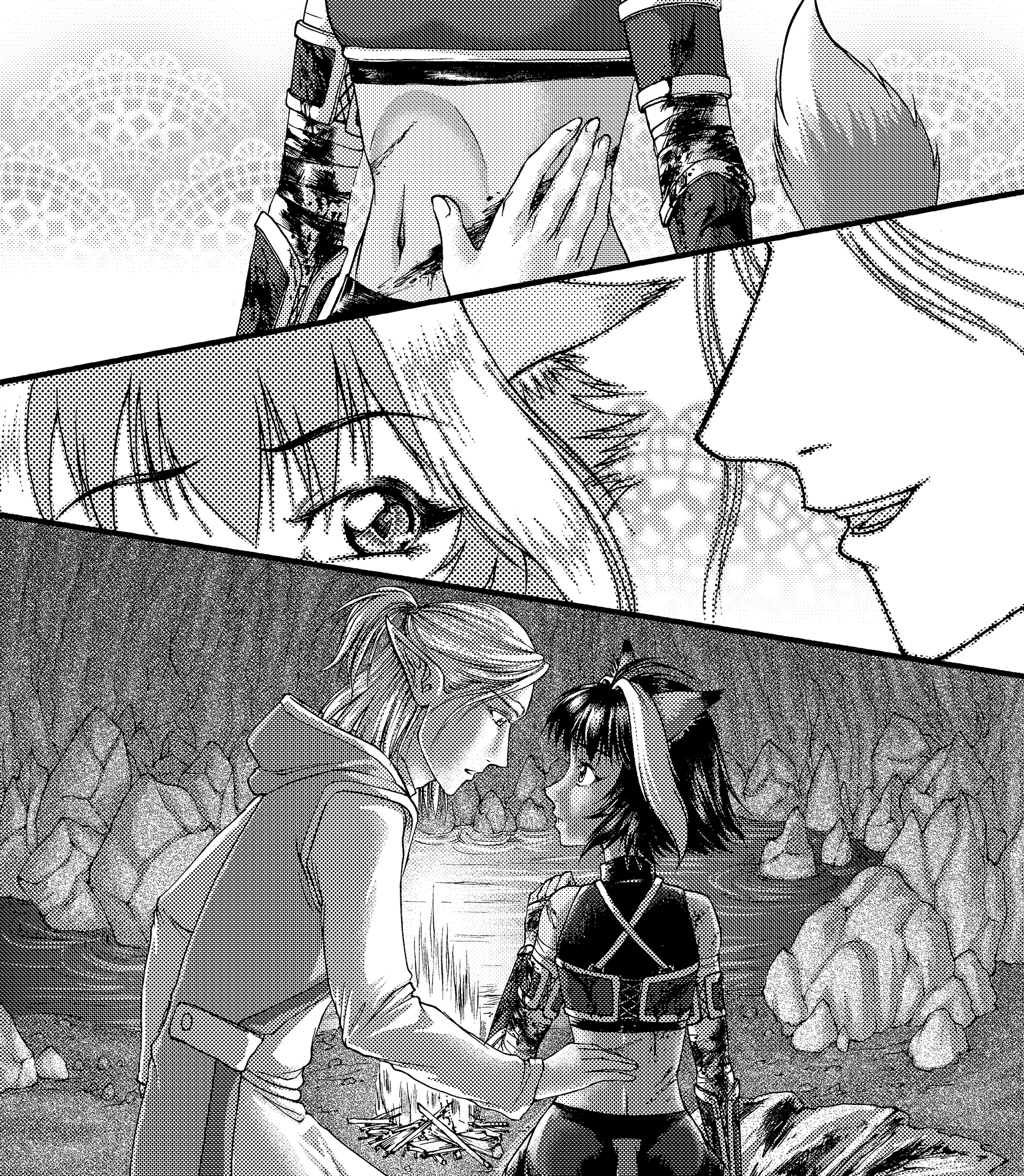
Manga is known for its cinematic feel. Every panel is like an action movie, where the camera cuts from a close-up of eyes, to a two-shot profile of a conversation, to a bird's-eye view of the characters, then a low-to-high angle as a stiletto heel clicks onto the floor. Really make an effort to showcase different camera angles and zooms in your story.
06. Make it dynamic
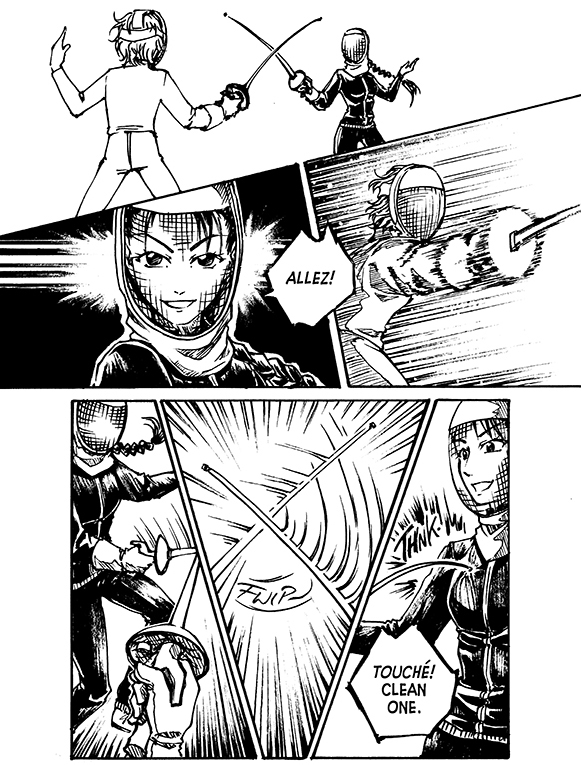
Manga is a dynamic form of storytelling; when a character is in a full-blown fight, they really look like as though they're moving, even flying out of the page. Unlike superhero comics that have fully inked characters and points of impact, manga favours limbs that blur with motion, backgrounds that become speedlines, channelling and enhancing the direction of the motion and highlighting the point of impact with emphasis lines originating from it. Most of this is done through inking, but can be done with screentone, too.
07. Match background to mood

One key difference between manga and other types of comic is the use of abstract backgrounds to match the atmosphere and the emotions of the characters. Once the scene has had an establishing shot of the physical surroundings, the backgrounds can be anything: lacework and flowers to signify a budding romance; flames if someone is full of burning rage; black shadows and swirling knots to convey inner turmoil; or cookies and cakes when a character is irresistibly cute! This is particularly popular in Shoujo and Josei manga, which is aimed at girls and women.
08. Don't rely on speech bubble tails

Japanese people traditionally read top-to-bottom and then right-to-left. To accommodate this, manga speech bubbles are much taller than in Western comics. They're also roomy, with lots of space around the lettering. Another key feature is the tails denoting the speaker – these are either very small or non-existent. Rather than relying on tails, the speech bubbles are positioned near the speaker's head – use those camera angles wisely! Japanese dialogue also tends to make it clear who's speaking, due to special verb endings and slang.
09. Get creative with your speech bubbles

Speech bubbles in manga are a lot more organic than in other types of comics. They're almost always hand-drawn and slightly irregular in shape. Joined speech bubbles are combined rather than linked by a thin line. When one character talks over another, it's depicted literally, with each speech bubble overlapping. While shouting is depicted with a more conventional spiky outline, thought bubbles aren't drawn as clouds; more often they're surrounded by a haze, either drawn or made out of screen tone.
10. Apply screentone

Manga uses screentone as its black and white. To do this, start by preparing your line art – it has to be in pure black and white without any greys, so scan at a minimum of 600dpi. Then threshold-to-convert every pixel into either black or white. The same must apply to your desired screentone: each pixel must be black or white/transparent.
Copy then paste the screentone on a layer above the line art, enough to cover the lines and more. If your screentone isn't transparent, for example, on a white background, then set the layer to Multiply so you can see the lines underneath.
Finally, remove unwanted areas of the screentone. There are many ways to do this: you can select with a Lasso/Magic Wand tool and cut, use the Eraser in Pencil mode, or use a Layer Mask with a hard-edged brush so that no greys are introduced.
Next page: 5 more tips for creating an authentic manga comic strip
Current page: Page 1
Next Page Page 2
Sonia has illustrated for SelfMadeHero, VIZ, Titan Comics, Image, Toyota and many more across different industries. She loves fashion, food and playing video games.
Related articles
black and white manga panels
Source: https://www.creativebloq.com/how-to/how-to-create-a-manga-comic-strip
Posted by: trippentsion81.blogspot.com

0 Response to "black and white manga panels"
Post a Comment